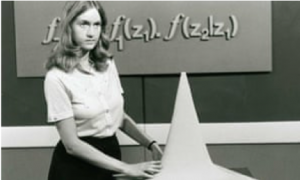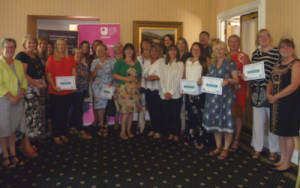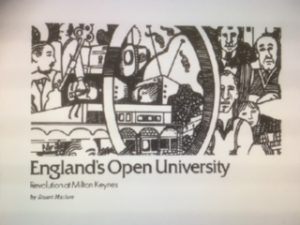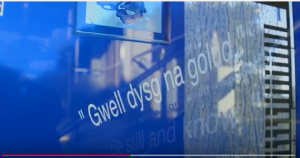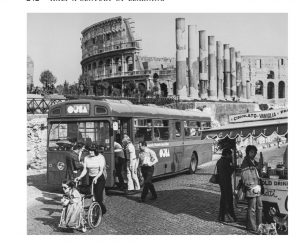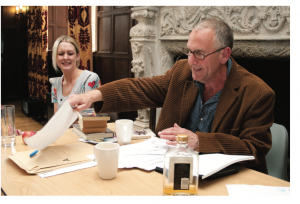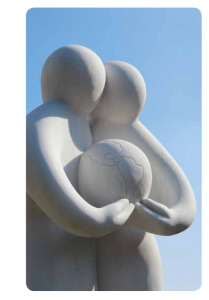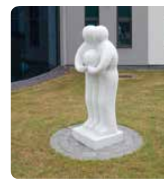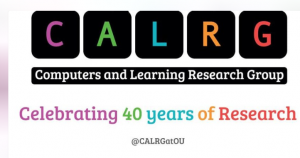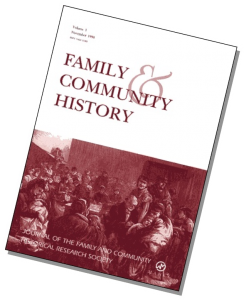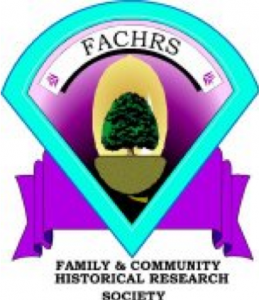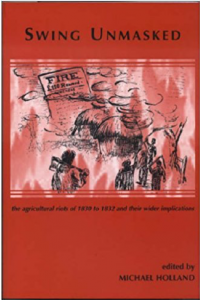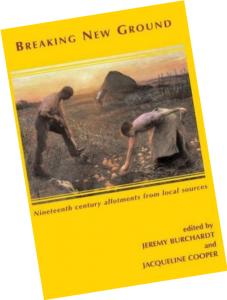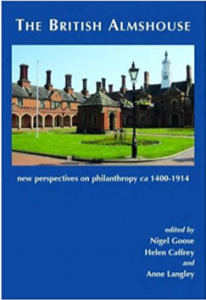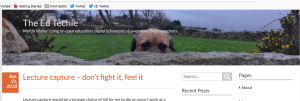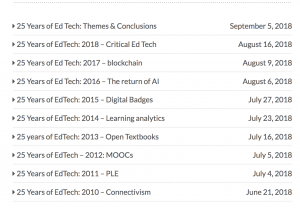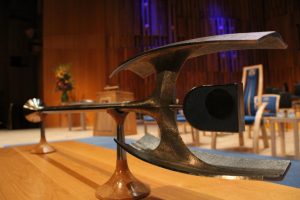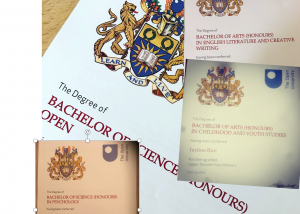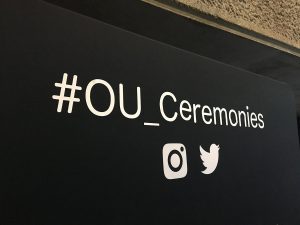50 objects for 50 years. No 31. Teaching materials on the box.
Sunday, November 25th, 2018Between 1971 and 2006 the OU used television to deliver some of its teaching materials. Initially these were not treated seriously by the OU’s critics. During the period of its creation, 1963-69, they had argued that it was not a community of scholars, that it did not serve those best served by adult education provision, that it was party political and that television could transmit trivia, but could do little else. Concerns about using television were numerous. They included
Concern that control would lie in the hands of the BBC, not the academic institution. The BBC sought to support the education of citizens and the national interest. The OU had different concerns. Sometimes there were clashes over scheduling and content.
Concern that broadcast material should not be assessed as some people were out of broadcast range (because they lived in remote areas or in prison) and some people would not be able to see the programmes (due to shift work or competition from family members, or because they could not access a television).
Concern that costs were high. For most courses (modules the OU could afford one programme of 24 minutes which included film and a second programme filmed in a studio, often consisting largely of talking heads.
Concern about the content. As it was assumed that students would see each broadcast only once. The number of television transmission slots available to the OU did not grow at the same rate as the number of OU broadcasts and, by 1978 about 20 per cent of OU television broadcasts had only one transmission. There was quite a lot of repetition in broadcasts. Moreover, as the programmes were aimed at general viewers as well as students, the material was not always focused on the module.
Concern that few academics were good at using television to aid communication and support learning.
Concern that academic critics would see the ingenious models and well-made films and conclude that the OU was an academic lightweight. Some OU programmes appear to be almost deliberately dour, perhaps to give the impression that learning is a serious matter.
Concern that as modules ran for around a decade, topicality was hard to arrange. For example the first, generic, level 1 arts module, A100 ran 1971-78. It was succeeded by A101 1978, A102, 1987 and A103, 1998.
Concern that the technology would form a barrier between learners and tutors when tutorials were used to play recordings of television broadcasts.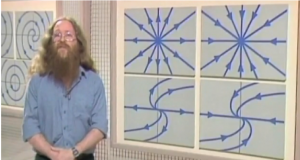
Although the OU did not take a linear journey from passive learning to support for active learning there was a general move away from the idea that knowledge could be transmitted to students towards the idea that through dialogue, knowledge was built by learners. While some early films featured authoritative men employing alienating language with little regard for participative learning there were exceptions. These included David Boswell’s sociology film, made in a hostel for ‘the mentally subnormal’ according to the parlance of the time, showed the group relationships through use of a hidden camera. There was little editing as the aim was that students could form their own opinions and use it as a starting point for discussion. The BBC producer explained that the programme ‘represented slowed down reality upon which the student can wreak his sociology’.
Assessing the teaching of history at the OU Arthur Marwick noted that ‘the emphasis throughout is not upon the teacher offering some kind of performance … but on encouraging the student to do the discussing, to develop the skills … We attempt not to purvey facts and opinions but to encourage the student to argue over and discuss various ideas.’ Marwick’s aim was ‘to leave each piece of film to speak for itself without being overlaid by an intrusive commentary’.
Sometimes it was difficult to strike an appropriate balance between academic and presentational ambitions. In the Science Foundation Course programme a presenter called fluorine ‘the Tyrannosaurus Rex of gases’ and thus triggered an animated cartoon form of a roaring dinosaur in a crown while a colleague employed the phrase ‘going down the scale’ and then played a recorder on screen.
Measuring the time spent by talking heads, how far the transmissions encouraged collaborative learning, if enthusiastic experts were introduced, if there was a variety of approaches and if the viewer was assigned the role of intelligent adult, curious and eager to learn, it is clear that as the size and weight to cameras fell and staff became more experienced the teaching improved.
